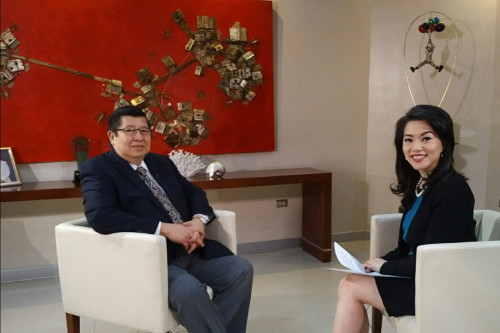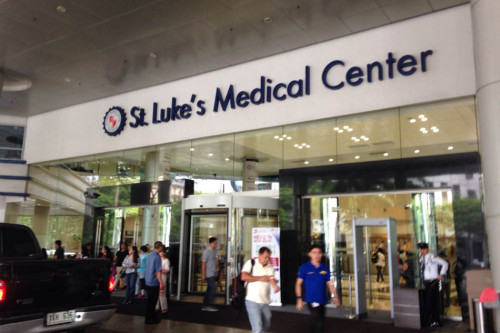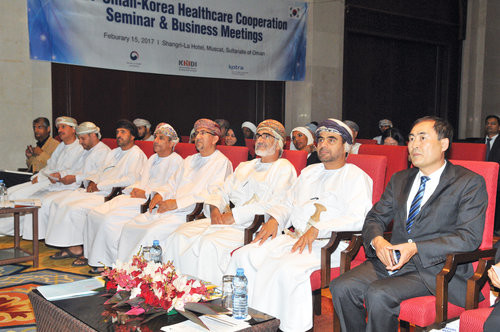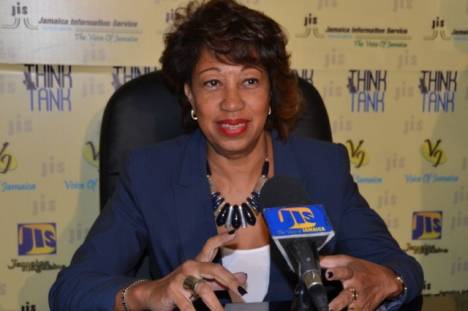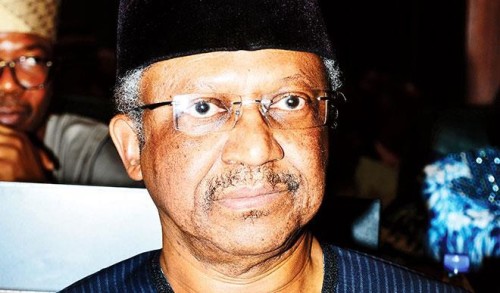Los Algodones receives over 100,000 medical tourists a year
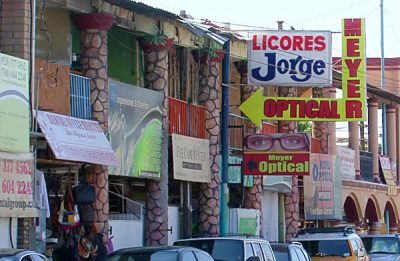
Eye doctors and dentists dominate a block in Los Algodones.
The population of the small border town of Los Algodones, Baja California, is now seeing its annual seasonal increase, as are many Mexican destinations. The difference here is that the visitors come for medical reasons.
Located about 50 kilometers from the state capital of Mexicali, Los Algodones was originally an agricultural town dedicated to the harvest of cotton, hence the name. But the economy started shifting after the first medical consultation office opened in 1986. Thirty years later, the medical tourism boom is far from over.
The season begins in December and stretches until March, driven by Americans and Canadians traveling south for dental and other medical services and cheaper medications.
Known also as Vicente Guerrero, the town’s economy is centered around a three or four-block stretch on five streets where visitors spend an estimated US $6 million annually. Its population numbers just 4,000 but it boasts some 350 medical clinics.
Los Algodones in particular and Mexico in general are preferred by patients from abroad for the lower costs of all medical services.
Oncologist José Luis Díaz Barbosa offered the example of a young leukemia patient he treated. “In one month her parents spent $2 million [in the United States].”
Having depleted their insurance, the child was brought to Díaz, whom they paid only $10,000. “It’s a big difference,” said the medical specialist.
“The United States has left behind its retired people, along with those of Latin origin. They are not properly cared for, and everything is more expensive there, that’s why they come to Mexico,” Díaz said.
Francisco is a Mexican dental patient, but a resident of Santa Rosa, California.
“Dental care there [in the United States] is extremely expensive . . . without insurance, a single crown costs between $2,500 and $3,000. In Los Algodones, the price is $250 or $300.”
Another patient, Ronny, found a similarly cheaper price. “They were charging me $60,000 [in the U.S.], but I paid, more or less, some $6,000.”
American visitors usually cross the border on foot. Once on the Mexican side they are offered medical and dental services by salesmen with good English.
Los Algodones has some 400 dentists, of whom one estimates that 70% of their patients are American. “The rest are from Canada, and many stay here three to five months.”
source: http://www.mexiconewsdaily.com / Mexico News Daily / Saturday – December 17th, 2016
